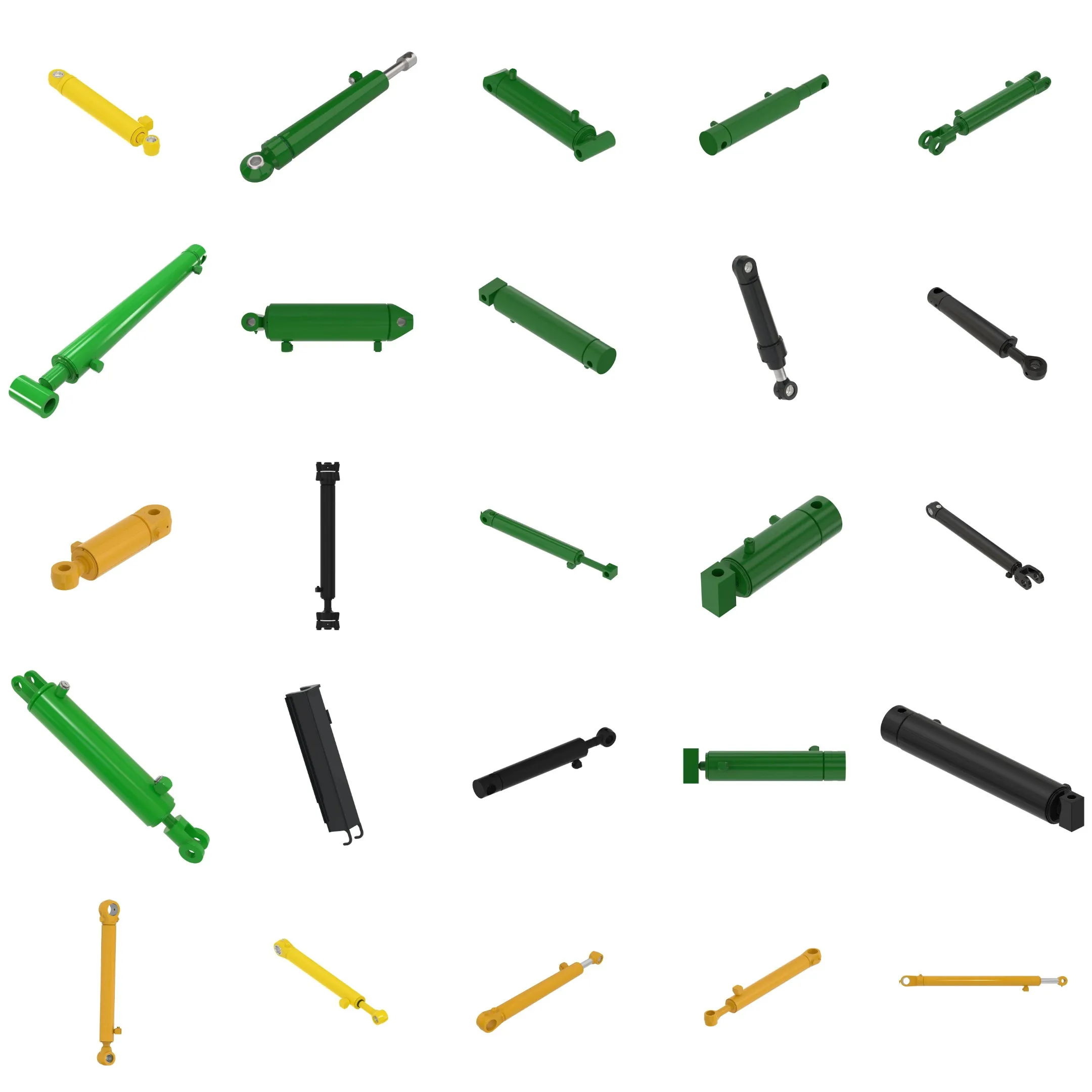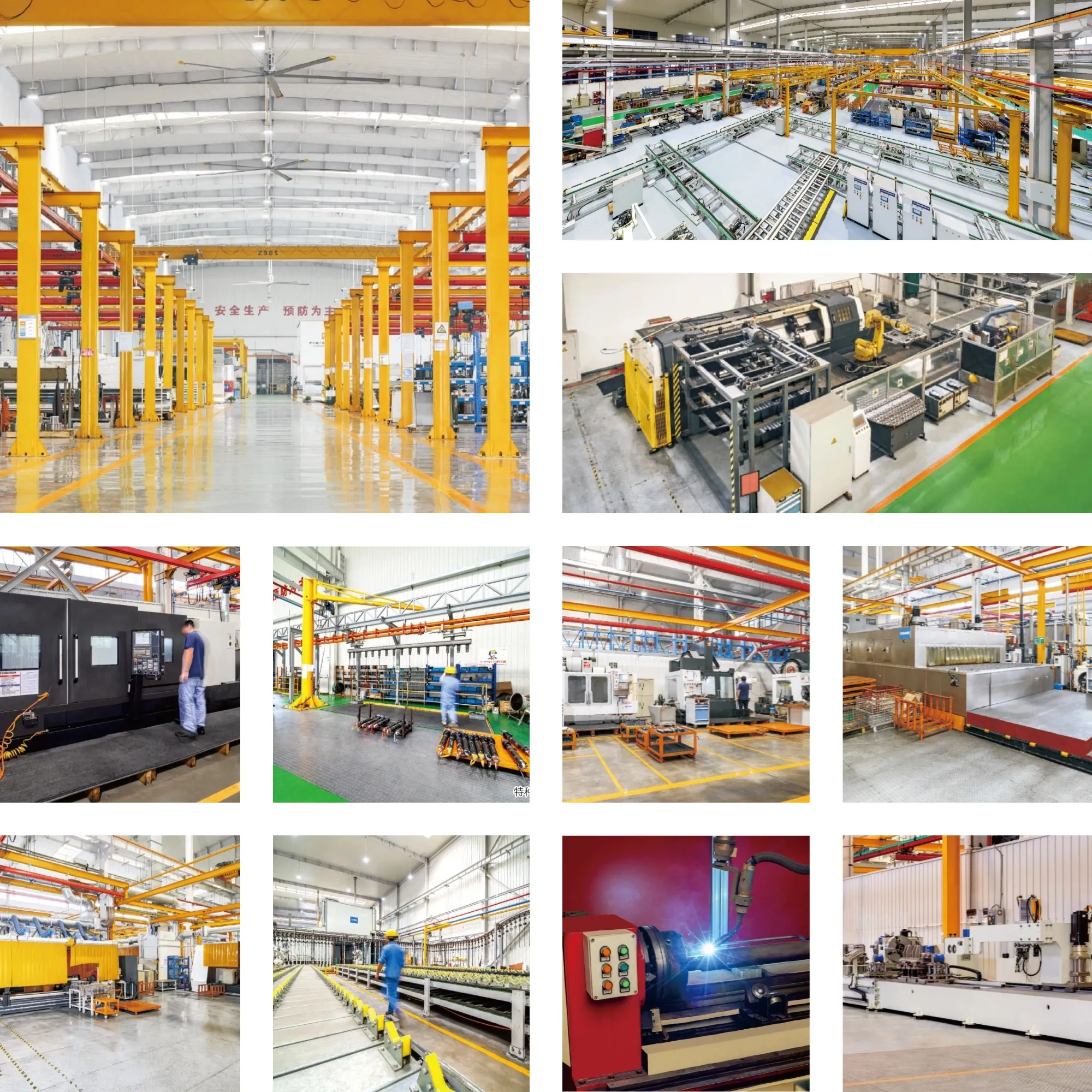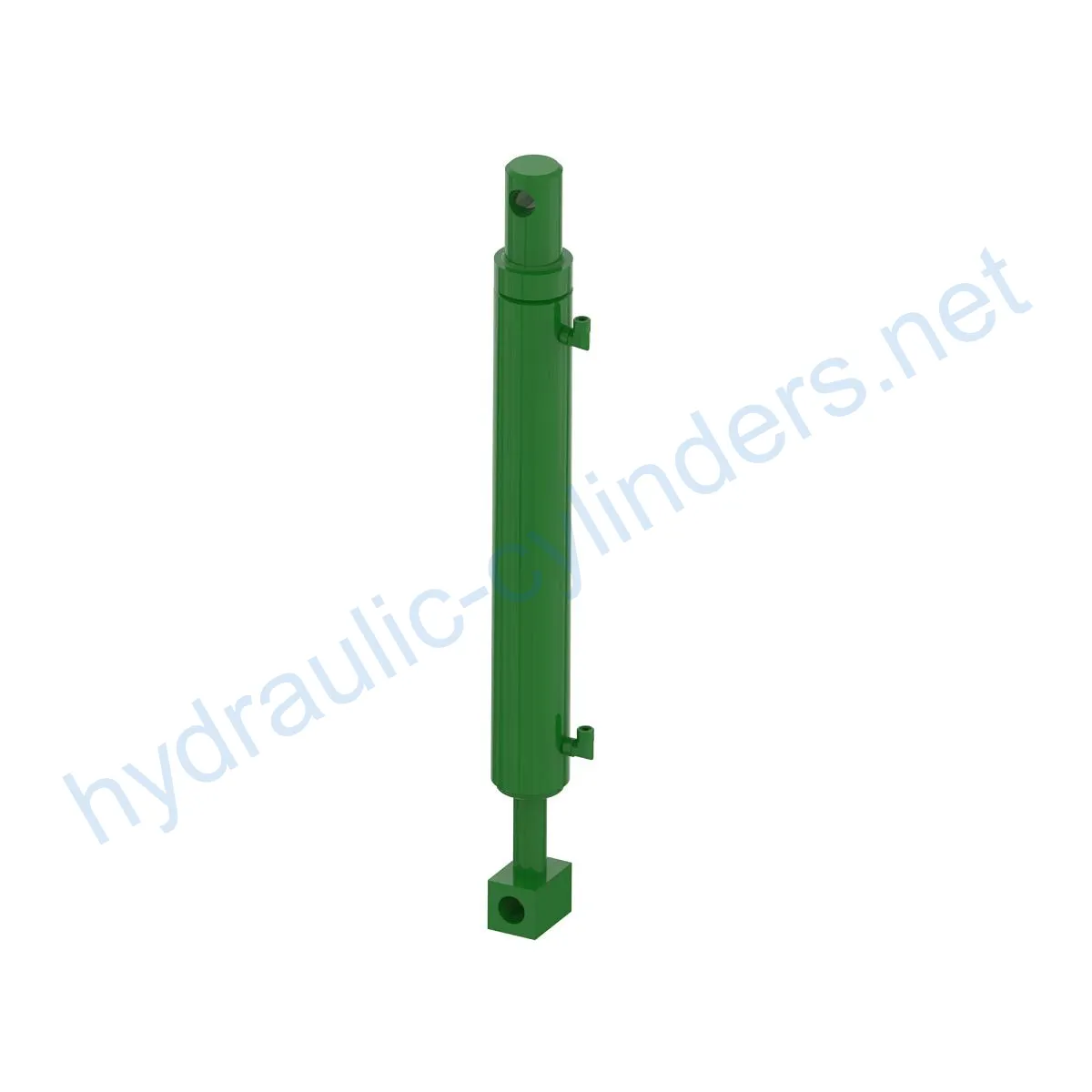Replacement Of AHC12250 Hydraulic Cylinder
En tant que fabricant, fournisseur et exportateur de produits mécaniques, nous proposons des vérins hydrauliques et de nombreux autres produits.
N'hésitez pas à nous contacter pour plus de détails.
Courrier :sales@hydraulic-cylinders.net
Fabricant fournisseur exportateur de vérins hydrauliques.
Replacement Of AHC12250 Hydraulic Cylinder
Definition: The Replacement Of AHC12250 Hydraulic Cylinder is a high-quality hydraulic component designed to replace damaged or worn-out hydraulic cylinders in various heavy equipment applications. It plays a crucial role in ensuring the proper functioning of equipment by restoring its normal operating capabilities.
Specifications and Model
Weight: 58 lb
Height: 3.5 in
Width: 5 in
Length: 38.6 in
Model: 540M H260
Features
- Improved Equipment Performance: Replacing damaged or worn-out hydraulic cylinders can restore the equipment’s performance in various applications.
- Enhanced Safety: Regularly replacing hydraulic cylinders reduces safety hazards caused by cylinder failures, ensuring the safety of operators and equipment.
- Overload Protection: Newly designed cylinders often incorporate improved overload protection mechanisms, enhancing safety.
- Quick Installation: Modern hydraulic cylinders are designed for easy installation and replacement, minimizing downtime.
- Standardized Components: Many hydraulic cylinders are standardized, making it easier to obtain replacement parts in the market.
Applications
1. Excavators:
In excavators, hydraulic cylinders in the boom or bucket may get damaged due to prolonged use or overloading, requiring replacement to restore normal operation.
2. Cranes:
The hydraulic cylinders in crane boom arms are prone to wear and tear during frequent lifting and lowering, necessitating regular replacement to ensure safety.
3. Tractors:
Front-end loader hydraulic cylinders in tractors may experience leaks or performance degradation during continuous lifting and tilting operations, requiring replacement.
4. Harvesters:
In harvesting processes, hydraulic systems endure high pressure, and fatigue can lead to cylinder damage. Timely replacements are necessary to maintain work efficiency.
5. Automated Production Lines:
Hydraulic cylinders are used to control robotic arms and other automated equipment. Cylinder failures can hamper production efficiency and should be replaced immediately.
6. Die Casting Machines:
In high-pressure and high-temperature environments, hydraulic cylinders in die casting machines may experience performance degradation. Regular replacements ensure product quality.
7. Mining Equipment:
Hydraulic cylinders are used for lifting and moving heavy loads in mining equipment. Due to harsh working conditions, regular inspections and replacements are necessary to avoid equipment failures.
8. Bulldozers:
Wear on hydraulic cylinders in bulldozer blades can lead to reduced pushing power. Timely replacements ensure operational efficiency.
Maintenance Tasks
1. Regular Inspections:
Regularly inspect the hydraulic cylinder for any signs of damage or wear, such as leaks or decreased performance.
2. Proper Lubrication:
Ensure the hydraulic cylinder is adequately lubricated with the appropriate hydraulic oil to reduce friction and prolong its lifespan.
3. Sealing Replacement and Calibration Checks:
Periodically replace worn seals and perform calibration checks to maintain proper functioning and prevent leaks.
Safety Considerations and Environmental Factors
When using hydraulic cylinders, it is essential to follow safety measures to prevent accidents and ensure the well-being of operators and equipment.
Fault Diagnosis and Common Issues
Fault: Cylinder leakage.
Possible Causes: Damaged seals, worn piston rods, or loose connections.
Solution: Replace damaged seals, repair or replace worn piston rods, and tighten loose connections.
Fault: Cylinder not extending or retracting fully.
Possible Causes: Insufficient hydraulic fluid, clogged valves, or damaged piston rings.
Solution: Check hydraulic fluid levels, clean or replace valves, and repair or replace damaged piston rings.
Fault: Cylinder overheating.
Possible Causes: Excessive load, low hydraulic fluid levels, or restricted oil flow.
Solution: Reduce load, check hydraulic fluid levels, and ensure unrestricted oil flow.
Preventive Measures
1. Regular Maintenance:
Perform regular maintenance tasks, such as inspections, lubrication, and sealing replacements, to prevent potential issues and extend the lifespan of the hydraulic cylinder.
2. Correct Installation:
Provide proper guidance for aligning the cylinder during installation and recommend using appropriate installation brackets to secure the cylinder in place.
3. Recommended Inspection, Repair, and Replacement Procedures:
Offer suggested inspection, repair, and replacement procedures to ensure optimal performance and provide replacement parts and rebuilding services.
Product Design Considerations and Selection Criteria
When selecting a hydraulic cylinder, important factors to consider include load-bearing capacity, sealing effectiveness, durability, safety features, and ease of maintenance and repair.
Sealing and Lubrication
Hydraulic cylinders utilize various sealing components, such as piston seals and rod seals, made of wear-resistant materials like polyurethane and nitrile rubber. The cylinder body and threaded ends undergo meticulous surface treatment to enhance wear resistance. Regular lubrication with the appropriate hydraulic oil is necessary to ensure proper operation.
Regular Inspections and Preventive Maintenance Measures
Regularly inspect the hydraulic cylinder for any signs of damage or wear, perform preventive maintenance tasks, and emphasize the importance of correct installation, lubrication, and adjustment. Offer guidance on aligning the cylinder correctly during installation and recommend the use of suitable installation brackets to secure the cylinder. Provide tips for inspecting, diagnosing, and resolving issues, as well as suggesting preventive measures to minimize potential problems.
Installation Guidelines
1. Prepare the mounting area and ensure it is clean and free from debris.
2. Align the hydraulic cylinder with the equipment’s mounting points.
3. Attach the cylinder securely using appropriate fasteners.
4. Connect the hydraulic lines, ensuring proper sealing and alignment.
5. Test the cylinder’s operation to ensure smooth and reliable movement.
About Our Company
We are a leading manufacturer and wholesale distributor of replacement hydraulic cylinders, offering a wide range of hydraulic components to domestic and international markets. Our company stands out for its professionalism, international certifications, customized services, state-of-the-art production equipment, and comprehensive after-sales support.
Author: lyl



Visitez notre usine de RV :
Visitez notre usine de RV avec les éléments suivants
Vérin hydraulique Application :


